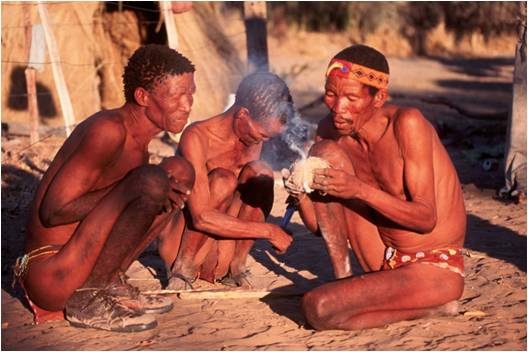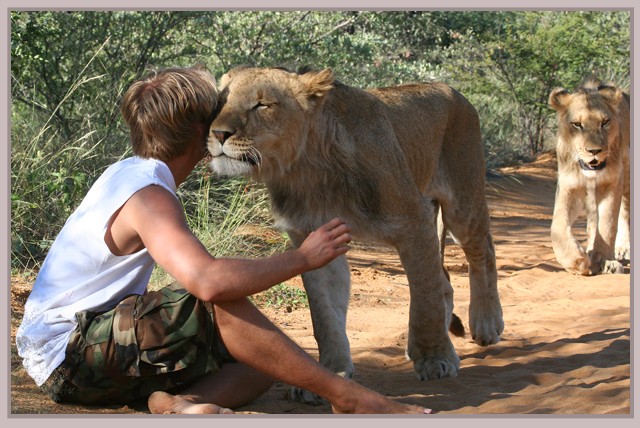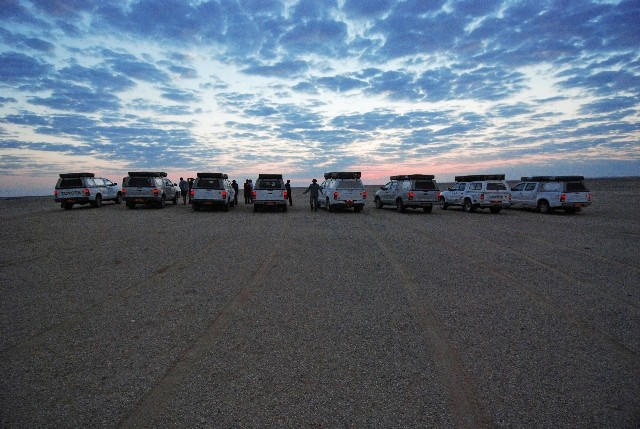To be comfortable you can fly out here; to be uncomfortable, dusty and bruised you can take a bus. If you can part with the cash, the scenic flight over some of the most inhospitable and desolate, but hauntingly beautiful places in Namibia, is an awesome experience in itself.
On arrival it is immediately clear that life on the Skeleton Coast is an ongoing struggle for survival. A fierce Antarctic wind blows tirelessly onshore, the coastline is littered with mammal skeletons, shipwreck sites, roaring dunes and windswept plains. The area is extremely dry, and water is never found in excess – so don’t expect washing facilities. But as with the desert elephants, nature has a way of providing life, even in the harshest of climates. The sea air from Antarctica is unusually high in oxygen content, making the micro-bacteria levels on the shoreline surge. As a result marine life is abundant in the waters off the Skeleton coast, and there is one seal colony in particular that has over 5000 members in one place. An awesome sight, an awesome smell!






